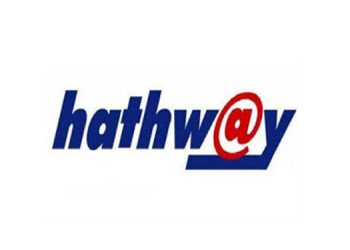Pay-TV revenues in India are projected to reach $12.3 billion by 2025, according to Media Partners Asia (MPA), with the number of subscribers set to reach 134 million.
There were about 127 million pay-TV subs in India in 2020, MPA says in its India Pay-TV Distribution 2021 report. Industry revenues are expected to rise at a compound annual growth rate (CAGR) of 7 percent between 2020 and 2025. By then, more than 96 percent of India’s pay-TV homes will be digitalized. The growth comes after a 10 percent decline in revenues last year to $8.9 billion due to Covid-19’s impact on the ad market. Between 2020 and 2025, pay-TV advertising is expected to increase at a 12 percent CAGR.
The number of DTH homes is projected to increase from 58 million in 2020 to more than 68 million in 2025, while cable’s share will decline from 54 percent to 46 percent. IPTV is expected to pick up a small share after rolling out this year.
“Robust backend systems, the ability to offer consumers flexibility in choosing channel packages under NTO and the exit of leading private channels from DD Freedish helped the DTH pay-TV sector grow even after the new TRAI tariff regulations came into effect,” said Mihir Shah, VP of MPA India. “Going forward, DTH will be the key driver of growth, fulfilling the needs of the majority of new TV households entering into the pay-TV ecosystem. Premium cable subscribers in urban centers remain vulnerable to churn as uptake of quality fiber-based broadband services including IPTV grows in affluent pockets of urban India.”
Pay-TV broadcasters generated revenues of $4.4 billion last year, with 62 percent from advertising and 38 percent from subscription fees, a 17 percent decrease from 2019. Advertising will drive a sharp recovery over the next two years, MPA says.
“TRAI’s heavy spate of regulations in recent years have depressed investment in pay-TV content and limited price elasticity for platforms,” Shah said. “This could have detrimental impact on the quality of content available for the mass market. We expect that more consolidation will play out in the broadcasting industry as recent tariff amendments force incumbent broadcast networks to recalibrate existing channel portfolios. The economics of less popular channels and several niche channels are no longer viable. A new and less draconian regulatory framework will help revitalize content creation in the pay-TV industry while also helping to bolster pricing power for pay-TV platforms.”
















